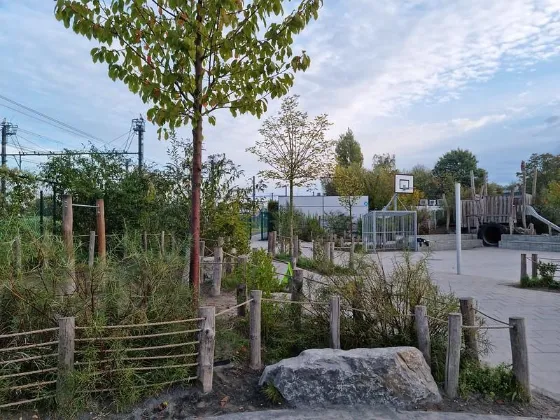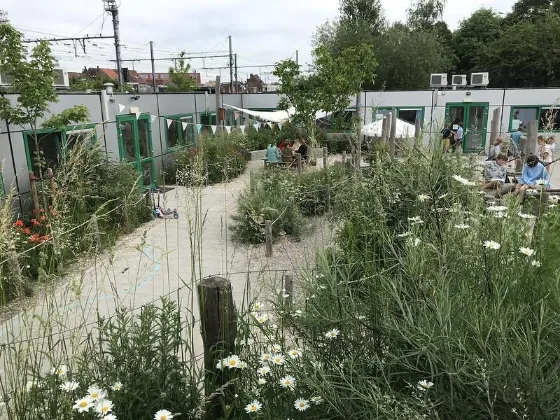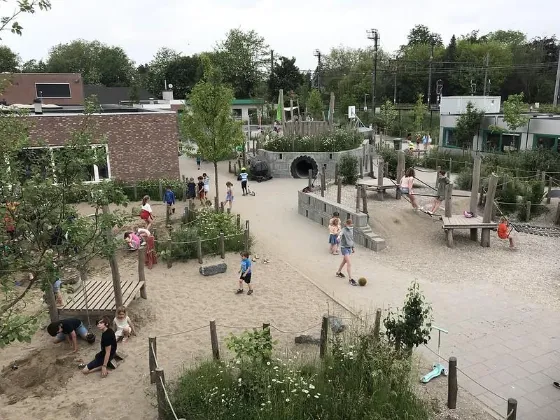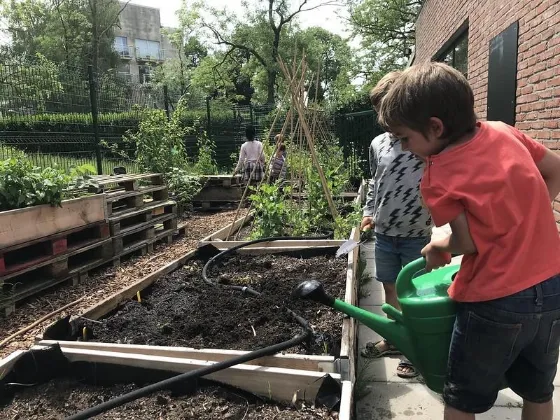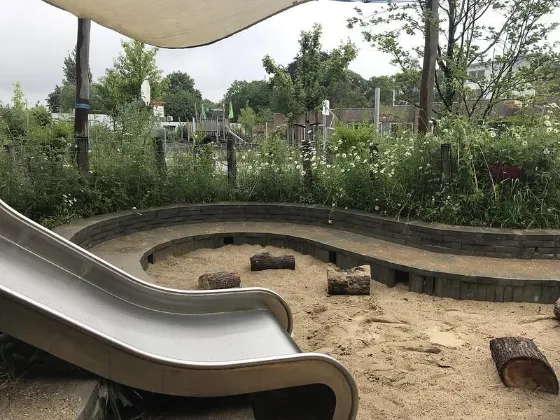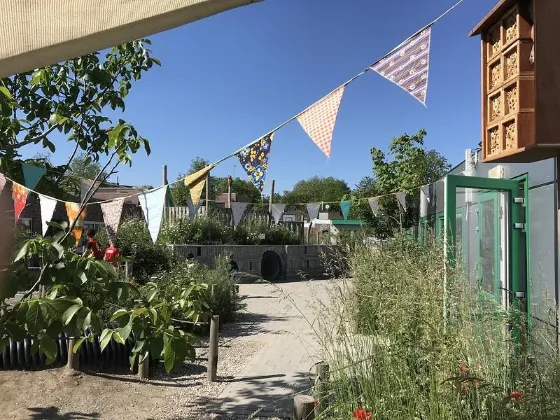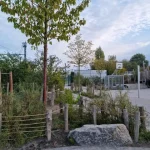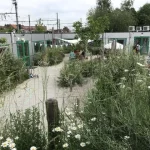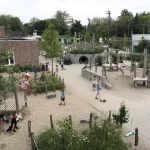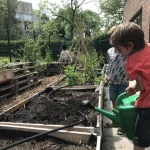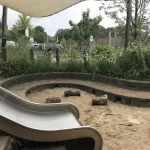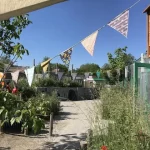Teacher: Cedric Ryckaert

Cedric Ryckaert
Cedric has been a teacher at Sint-Paulus primary school in Kortrijk, Belgium, for 10 years. He has taught six, 11 and 12-year-olds there. He set the school on the road to becoming a sustainable eco-school that now has a nature-rich climate playground. From a whole-school approach, they realised a fantastic project that has resonance at home and abroad. Now Cedric is also part of BLES, an organisation that guides schools in tackling their playgrounds. When schools tackle children’s playgrounds, they create solutions to climate change, reduce bullying and increase the well-being of their children and young people.
Usefull links related to the Solution
Overview
Cedric, a teacher at Sint-Paulus primary school, in Kortrijk, Belgium, was concerned about the well-being, learning ability and learning motivation of his students due to the restricted nature of their outdoor adventure space. Cedric, along with a wide variety of school stakeholders, set about transforming the school grounds into a natural environment that better supported the learning and health of the students as well as having a positive effect on climate change issues that the area was experiencing.
Theory of Change
Most children today have access to only limited outdoor space leading to children feeling constrained and having limited access to nature. Evidence shows that transforming school grounds into nature-rich environments is a powerful tool that improves physical and mental health, social and cognitive skills, creativity, and academic performance. The ability to play, learn and grow on school grounds allows children and young people to be connected to nature and, in turn, protect it and its inhabitants, which is essential for actions to mitigate climate change. Cedric was part of a project that involved the demolition and rebuilding of 4000㎡ of tarmac.
Approach and Actions
The project started in 2016 with an intensive participatory process that involved pupils; teachers; school leaders; and neighbourhood and local authority representatives. The stakeholders worked with a landscape designer in a four-year process to produce a design that ensured the school’s outdoor space could be made climate-adaptive and at the same time play- and learning-friendly. Construction of the playground started in 2019 and was completed in March 2020. The staff were then trained to work with the grounds. A collaboration with Artevelde University of applied sciences delivered co-created lessons where teachers and students collaborate in creating spontaneous outdoor lessons. This collaboration has helped teachers to gain self-confidence in their outdoor lessons. The realisation of the project is the result of an exciting interaction between children, teachers, parents, designers, engineers, education experts and authorities. By putting together a multidisciplinary team, the school managed to develop a powerful project. There was a great willingness to listen and drive for change among each of the stakeholders.
Impact
The playground is now a brilliant, practical example of how a school can put children’s interests first and reconnect them with their natural environment within a whole school approach. It has been noticed that bullying has all but disappeared from the playground. The children are less bored; a variety of play forms now occur and the school has countless opportunities for outdoor learning. The children learn to care for animals and plants and learn about healthy eating and recycling. For example, there is a vegetable garden with a greenhouse, the school keeps chickens and bees and has its own recycling park. The children can track the growth of individual trees through QR codes – where each tree has its online own passport – and activity in nest boxes is tracked through wildlife cameras. The school also has its own weather station allowing pupils to publish a local weather report. This variety of learning opportunities is seldom seen and makes this project unique and exemplary.
Klimaatspeelplaats.be – klimaatspeelplaats Sint-Paulus Kortrijk
BLES – Buiten Spelen en Leren (blesland.be)
Winners of New European Bauhaus Award:
outdoor learning (raindrop.io)
The school ground in Kortrijk, Belgium before & after:
